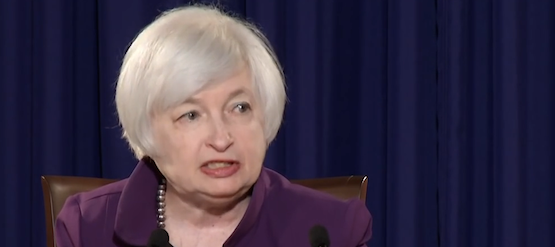The Bank for International Settlements (BIS) says an “uneasy calm” exists in global financial markets as they prepare for the expected increase in U.S. interest rates later this month — the first increase in nine years.
“Calm has reigned over financial markets, but it has been an uneasy calm,” said Claudio Borio, head of the BIS monetary & economic department.
” …. interest rates, current and expected, continued to test the boundaries of the unthinkable day after day – and this despite the matter-of-fact tone of much of the running commentary. Familiarity breeds complacency …
“Against this backdrop, it is hard to imagine how the calm could be anything but uneasy. There is a clear tension between the markets’ behaviour and underlying economic conditions. At some point, it will have to be resolved. Markets can remain calm for much longer than we think. Until they no longer can.”
In its quarterly review published on Sunday, the BIS concluded that weaker financial market conditions combined with an increased sensitivity to US rates may raise the risk of negative spillovers to emerging market economies (EMEs) when US policy is normalized and rates rise.
On the one hand, the BIS said a solid US recovery, the basis for an interest rate hike, could benefit EMEs through trade channels, but on the other hand, dollar appreciation and increasing yields may pose additional risks to growth and inflation in some countries.
“Tighter financial conditions may also increase financial stability risks in EMEs,” said the BIS. “Credit growth in EMEs has been strong over recent years, owing to favourable growth prospects and very easy global financial conditions.
“For example, the average credit-to-GDP ratio in the BRICS has risen by close to 25% since 2010. Despite low interest rates, rising debt levels have pushed debt service ratios for households and firms above their long-run averages, particularly since 2013, signalling increased risks of financial crises in EMEs.
“Debt service ratios will inevitably increase even further when lending rates start to rise. Any further appreciation of the dollar would additionally test the debt servicing capacity of EME corporates, many of which have borrowed heavily in US dollars in recent years.”
